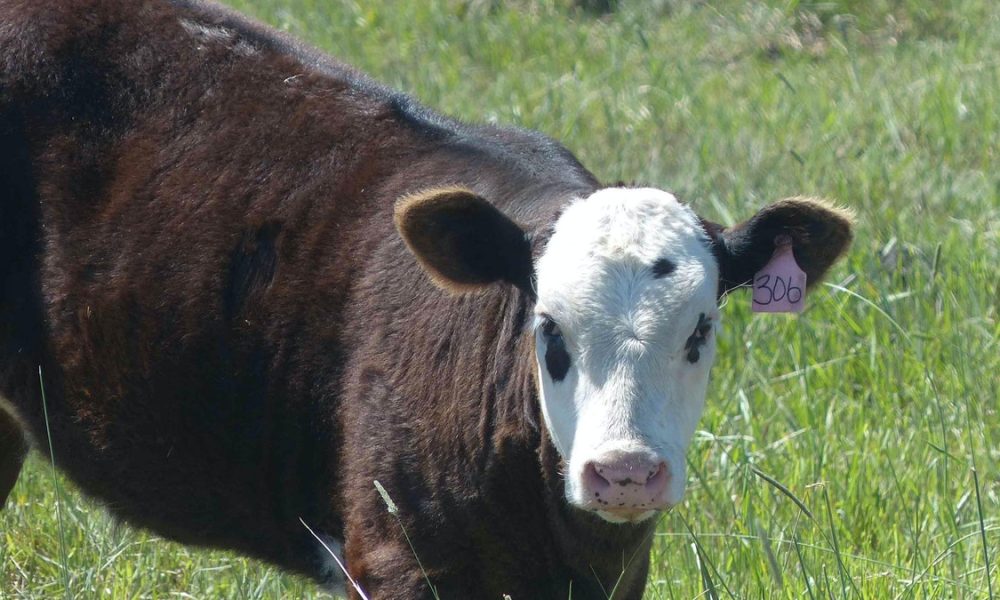
Producers say the China market could offer huge potential for sales. (The Enterprise/Les Zaitz)
Nathan Jackson returned recently from China, persuaded Oregon’s cattle producers can build a huge new market.
Jackson, president of the Oregon Cattlemen’s Association, said the quality of Oregon beef will be a key selling ingredient.
But he said Oregon has another advantage: Alexis Taylor.
Taylor is director of the state Agriculture Department and recently led the Oregon trade mission to China that included a focus on beef. She has foreign trade experience from her prior career with the U.S. Department of Agriculture.
Taylor opened important doors for Oregon’s ag industry, Jackson said.
“It’s clear Alexis is well respected,” Jackson said.
And it is relationships that will help get Oregon beef into China, which only recently allowed U.S. beef back into the country.
That could be an important development for Malheur County, the state’s largest beef producer. The U.S. Department of Agriculture in January listed 175,000 head of cattle in the county.
“The potential is there” for exports, said Chris Christensen, former president of the Malheur County Cattlemen’s Association and now a state association vice president.
Taylor said in an interview with the Malheur Enterprise that the trade mission was a success because it allowed Oregon producers to meet with key Chinese representatives.
“There is a lot of market potential in China,” Taylor said. “The middle class is growing, incomes are growing, and people are looking for new, diverse sources of protein. They have a strong interest in getting U.S. beef back in.”
She said China’s middle class could grow by 100 million people in the next decade.
“There’s a lot of opportunity there,” she said. “We have an opportunity to brand our Oregon beef, which is high quality, safe and nutritious.”
But no one should expect sales slips to pile up overnight. Doing business in China means first building one-on-one relationships.
She said Oregon producers need to continue traveling to China and in turn inviting Chinese buyers to Oregon so they can see the state’s beef process.
Taylor said Oregon producers will have to adjust processes to meet Chinese requirements, particularly a verification process that traces beef from birth to production.
“Some producers can meet that,” she said. “Some need to change some of their production to ensure that they meet the market. That takes some time.”
Jackson said he learned a great deal about the importance of relationships as the starting point for Chinese sales.
“It’s going to take a big commitment of time and travel, developing relationships, to get producers into that market,” he said.
He said Oregon producers can “overcome” processing requirements.
Christensen said he understands verification is essential.
“They want it traced from the ranch to the feedlot to processing to there,” he said. “That traceability is extremely crucial to them.”
He said most Malheur County beef producers aren’t set up for such verification, but he expects the local cattle industry to watch closely and learn.
“Anytime you can get into a new market is going to be positive for the industry,” Christensen said. “The potential is there. As this goes forward, we’ll see how it all works out.”
Jackson said he expected the state association to assess its strategic plan to consider how it can help open the China market for Oregon.
Taylor said her agency will continue efforts to build Oregon exports, working with companies and organizations on more overseas trade missions and arranging to bring Chinese to Oregon.
“It is going to be a long investment from the U.S., but also from our Oregon producers,” she said.
Les Zaitz: [email protected] or 541-473-3377.




